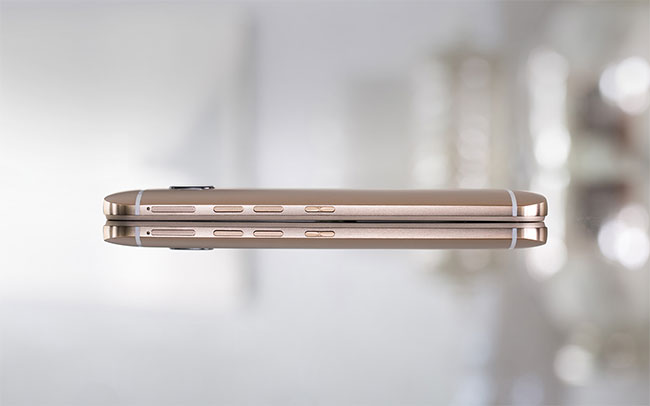

- #Eye fi microsd mp4#
- #Eye fi microsd manual#
- #Eye fi microsd upgrade#
- #Eye fi microsd full#
- #Eye fi microsd portable#
For what I want to use the Eye-Fi card for, this isn't an issue for me. What I don't think you can do is after image capture copy a RAW file in SD1 into SD2 ie have the same RAW file appear in SD2, although I don't have the K-3 with me right now to check. This approach means I can use one or more large capacity SD card in SD1 while travelling yet not run out of capacity on the Eye-Fi card in SD2 as the small JPEGs really don't take up a lot of space. But even this ends up discarded in due course once I have done my RAW processing at home.

I have some basic photo editing software on the iPad which I occasionally use to edit a transferred JPEG before sharing. I can also re-process individual RAW files to JPEG and send save the resultant JPEGs to SD2 if I want to apply a different processing method or want a larger JPEG for some reason and then use Eye-Fi card to move them to another device. Occasionally I will use a few of the JPEGs as a guide for my RAW processing settings when I think the camera's JPEG engine has done a particularly good job of rendering the image.Īt home there isn't a whole lot of point in using Eye-Fi for transfers IMO as I think the transfer will proceed much quicker using a SD card reader either built into the computer or attached to a USB port rather than uisng the Eye-Fi's wifi networking. The JPEGs on the Eye-Fi card I eventually discard as my photo workflow is based around the RAW files. When back home, I remove the card in SD1 and transfer all the RAW files to my PC for processing using an SD card slot in my computer.
#Eye fi microsd portable#
Also, transferring RAW soon burns through the portable device storage which is a real issue if the device does not have a microSD slot (eg all Apple devices or some Android devices eg Nexus kit). It's great for portable devices as I do not need to carry any SD card adapters for either device and it neatly bypasses all the barbed wire Apple erects around its own vision of the garden of Eden. I use the Eye-Fi to transfer the JPEGs to my Android phone or iPad for review or sharing while I am on the road. Because I want to use the file transfer ability primarily while travelling, I set the JPEG size to something reasonably small and only of medium quality. I keep the Eye-Fi card in SD2 and a very fast SD card in SD1 (as the per image write sizes to this card are much larger than to the Eye-Fi card by a factor of 10x or so). The RAW is set to be saved on SD1 while the JPEG is saved to SD2.
#Eye fi microsd mp4#
Transfers are limited to specific file types, depending on which app you use (JPEG and PNG for stills, MP4 for video being the minimum - with no Raw or AVCHD support on either platform).įor more details about the PQI Air card, visit the PQI Group website, where you will find a list of compatible (and incompatible) cameras.I set my camera up to use RAW+JPEG. The Japanese list price works out as around $50/€38 for the adapter without any MicroSD memory.
#Eye fi microsd manual#
No details are yet available for the card outside Japan (though an English manual including US FCC approval details is available from the PQI website). The reviewer also had some problems trying to download multiple images but ascribes this problem to the app, rather than the Wi-Fi stability.Ĭlick here to read a Google translated version of DCWatch's review

#Eye fi microsd full#
The DCWatch review (as translated by Google) appears to suggest the adapter can act as something of a bottleneck, meaning you may not get the full speed of the MicroSD card you use.
#Eye fi microsd upgrade#
The system allows you to swap inexpensive standard MicroSD cards, rather than buying multiple Wi-Fi cards, also allowing you to upgrade the speed or capacity of card without having to replace the Wi-Fi component. The adapter communicated with smartphones via an Android or iOS app from where you can browse and download images from the camera. The adapter features a built-in Wi-Fi transmitter but, unlike rival FlashAir or Eye-Fi cards, does not feature any internal memory of its own - instead allowing you to swap MicroSD cards in and out. Japanese camera site DCWatch has reviewed the PQI Air Wi-Fi Micro-SD to SD adapter.


 0 kommentar(er)
0 kommentar(er)
